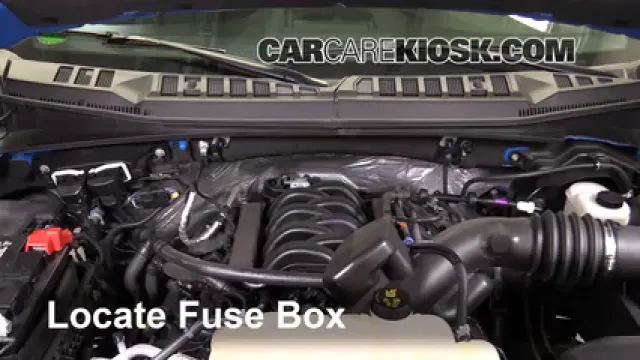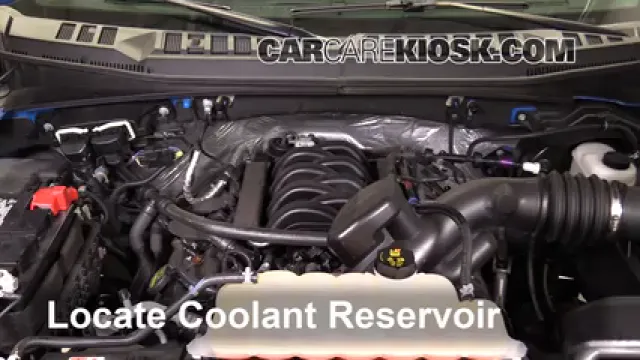Vidéo d'évaluation des consommateurs - 2016 Ford F-150 XLT 5.0L V8 FlexFuel Crew Cab Pickup
Problèmes courants et réparations faciles sur une F-150 2016
The 2016 Ford F-150 XLT is moderately difficult to maintain. You will have to pry back the wheel well lining to reach the headlight. This lining can grow tight to the vehicle and be difficult to pry back. To check the transmission fluid level, you will have to remove the dipstick from under the vehicle, which will require many tools. You will have to lower the glove box and remove a panel to reach the cabin air filter.
Some things are easier on the 2016 Ford F-150 XLT. The engine coolant level is easy to check, as the reservoir is right in the front of the engine bay. Changing the engine air filter is no problem, as you only have to disengage a few fasteners to lift the cover. The fog light on this model has uncomplicated access, and can be removed by simply reaching behind the bulb housing.
Auteur
Hans Angermeier ha producido más de 100,000 videos que muestran a los conductores cómo arreglar cosas en sus autos. Tiene una amplia experiencia en procedimientos básicos de reparación que cubren la mayoría de los automóviles en la carretera.
- Lake Chevy a aidé à faire ces vidéos
- Commentaires
- Télécharger Manuel du Propriétaire de Ford











